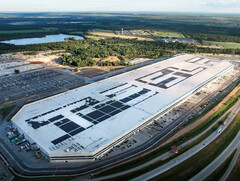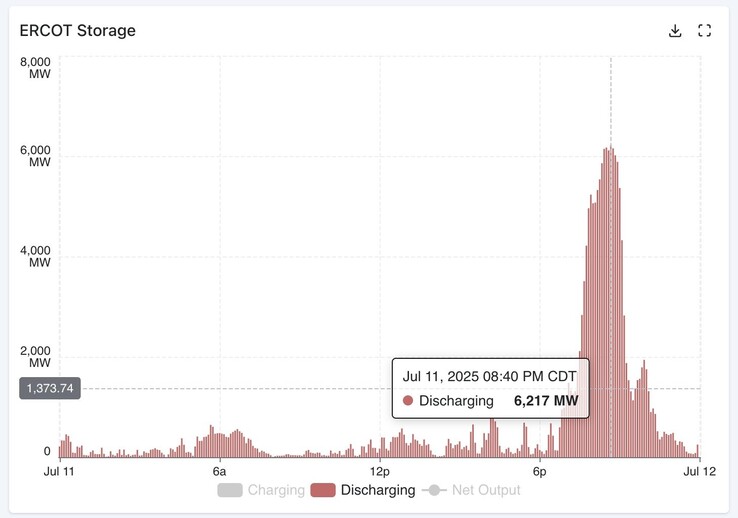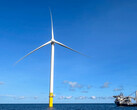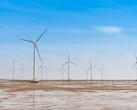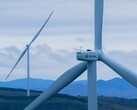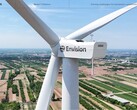After setting a record for electricity generation earlier this week, the Texas energy grid set a new one for a rapid discharge of energy storage systems to support peak evening consumption on Friday.
During this real-life test of the battery base installed in Texas, it generated more than 6 GW of electricity on Friday evening, helping to stabilize the grid with less input from fossil fuel-powered plants that are typically used for managing load during peak times.
The robust performance of the large-scale battery energy storage systems in the Electric Reliability Council of Texas (ERCOT) grid came without shutdowns like the one that happened in Southern Europe this spring, too.
After the global solar power installation reached 600 GW last year, and is on its way to hit 1 TW annually in the next few, storing all that energy for discharge in peak times has become a pressing question.
It is not clear what share of the storage battery projects in Texas is done with Tesla Megapacks. Just last August, ERCOT added 480 MW in battery storage projects to the grid, and these included Tesla's own BESS installed at its Gigafactory in Austin.
Its Megapacks still use Chinese LFP cells, though, of the type that are in popular mobile power stations like the Anker Solix C1000. So do most other grid-level battery systems in Texas, and even Tesla's intent to produce LFP batteries in America won't change that share in a meaningful way any time soon.
Texas is leading the country in the deployment speed of BESS projects coming online, and the installed US base is now second after China. Scale is important, as renewable energy sources like wind and solar might be one of the cheapest ways to generate electricity, but pairing all that energy with storage solutions quickly changes the calculus in favor of nuclear and others.
Nuclear takes a decade to add to the mix, though, and new peaking power plants that run on fossil fuels are facing a turbine supply crunch, so BESS electricity generation during peak hours, like this week's record 6 GW discharge in Texas, is crucial in proving the viability of renewables to balance the system.
Source(s)
Reuters & Doug Lewin (X)




